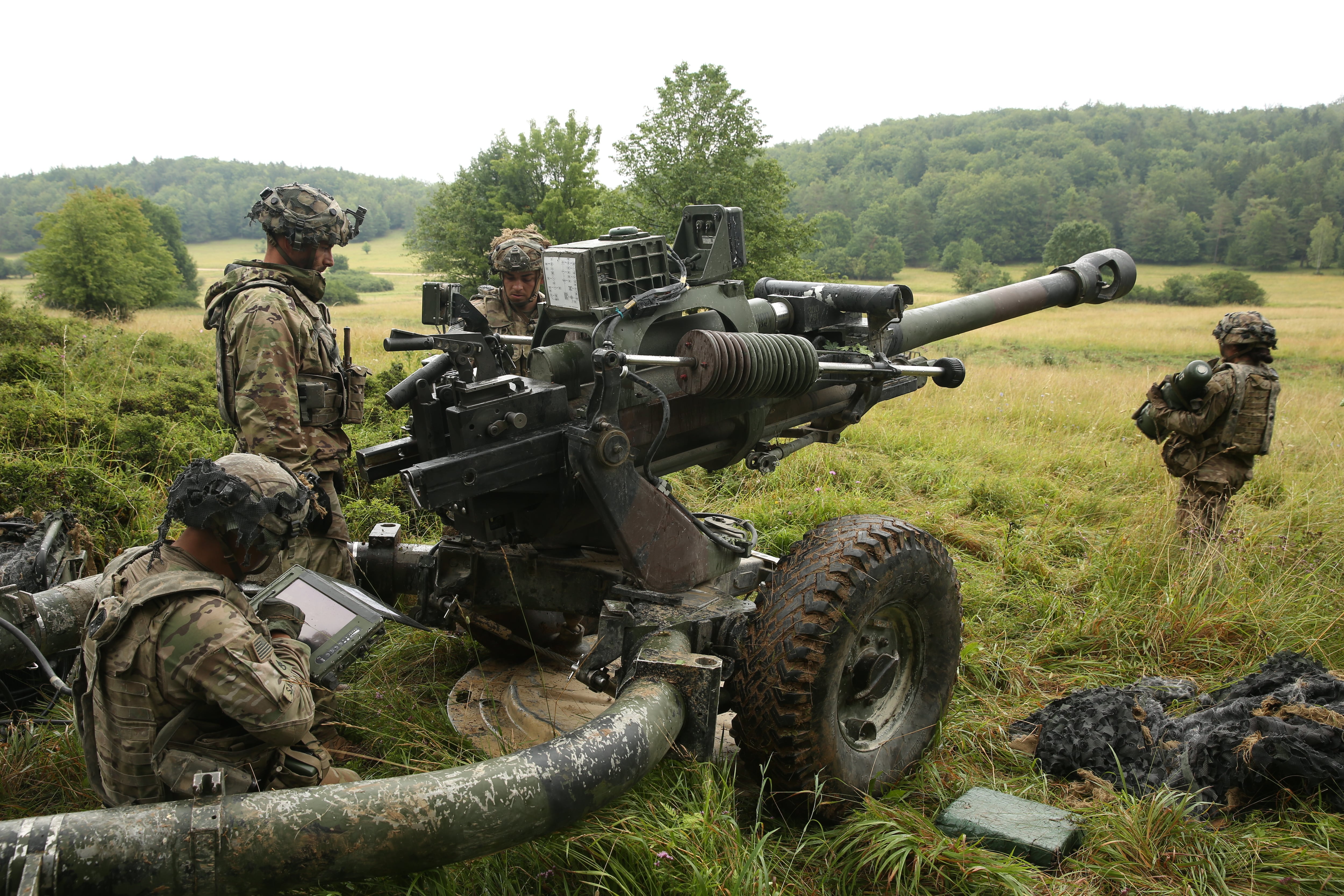Army field artillery units are expected to do a whole lot more with their big guns than in the recent past and more is in store as new systems and better platforms and ammo reach the force.
To train those cannon cockers to be ready to provide devastating fires on command, the Field Artillery School Commandant Brig. Gen. Andrew Preston and his staff are updating, adding and revising how they train artillerymen for the future fight.
Army Times talked with Preston before the Association of the U.S. Army’s Annual Meeting and Exposition.
The questions and answer section below has been edited for clarity and space.
Tell Army Times readers what some are some of the significant items of interest at the Field Artillery school since October 2020?
We’ve continued to invest heavily in professional development and talent management. We evaluate and adjust our program of instruction for our career course and basic leader course. My staff has visited three of the 10 division artillery headquarters and are scheduling visits to the other seven. In our advanced leader course, we’ve expanded the field training exercise, adding a 72-hour field exercise to the noncommissioned officer training. That culminates in a field artillery live fire where NCOs from all five field artillery MOSs employ all sensors to all shooters. We’re also moving forward to grow our field artillery master gunner course from two weeks to five weeks.
How has the shift in focus to prioritizing Long Range Precision Fires with the Army’s CFT affected the FA School?
That’s a topic I’m real excited about. We’re undergoing perhaps our most comprehensive transformation in 40 years. The Extended Range Cannon Artillery, or ERCA, and precision strike missile, or PrSM, will cause us to modify current doctrine, training products to add these new systems. I have never seen field artillery receive the prioritization and the interest that it’s currently receiving. Soon the first long range hypersonic battery will be stood up, training will begin on midrange fires capabilities, enabling ERCA and PrSM and later this fall the Army will stand up theater fires element and theater fires command. We will coordinate with those units for feedback on training at the school.
What new technologies have been introduced to the school/training in the past year? How has that changed, improved training?
The biggest technology shift has been the increased integration of simulations into our training. We put students through six days of simulation through fire support teams and fire direction so they can maximize repetitions. More missions observed and processed. The students enjoy this and feel more confident. The simulators don’t replace field training but they drastically change the role that “Red Legs” can play in rehearsing and executing ahead of live fires.
Todd South has written about crime, courts, government and the military for multiple publications since 2004 and was named a 2014 Pulitzer finalist for a co-written project on witness intimidation. Todd is a Marine veteran of the Iraq War.




